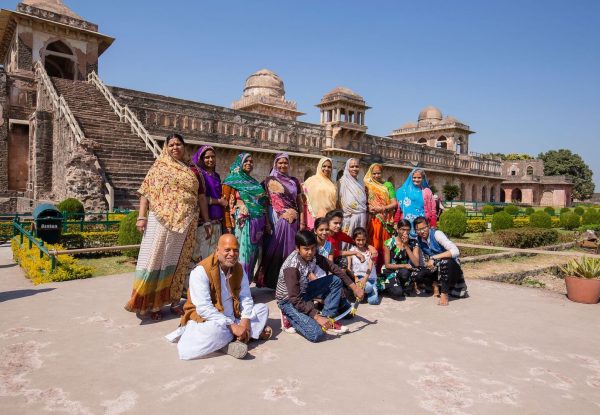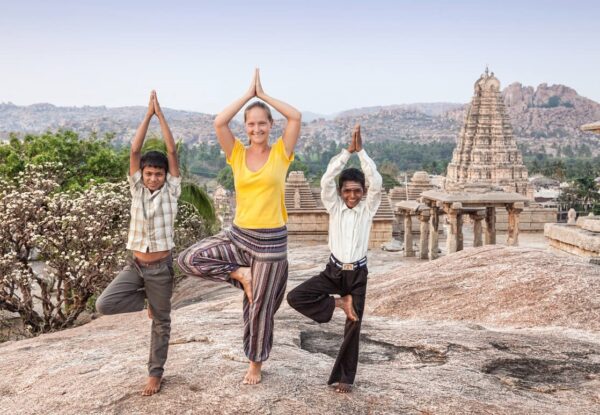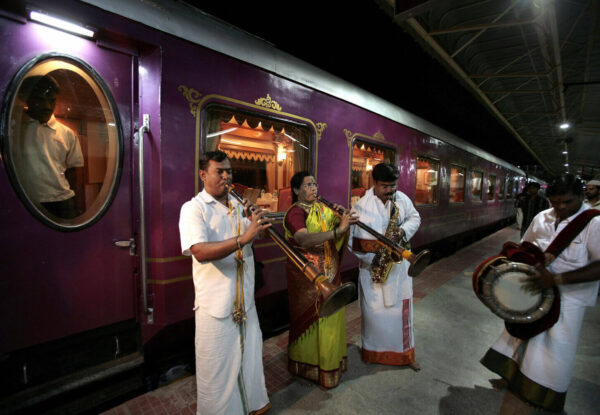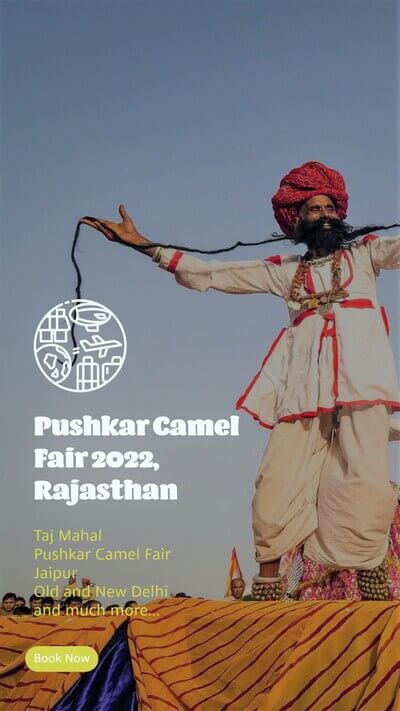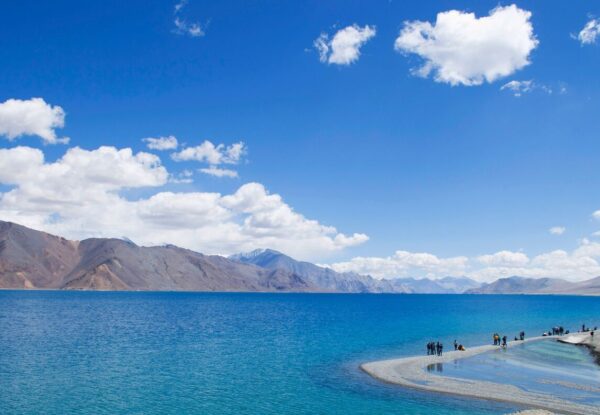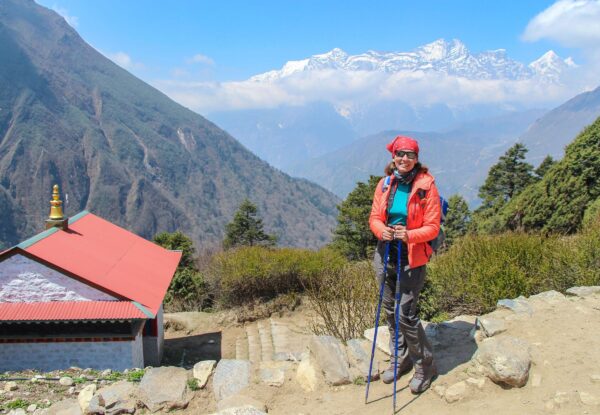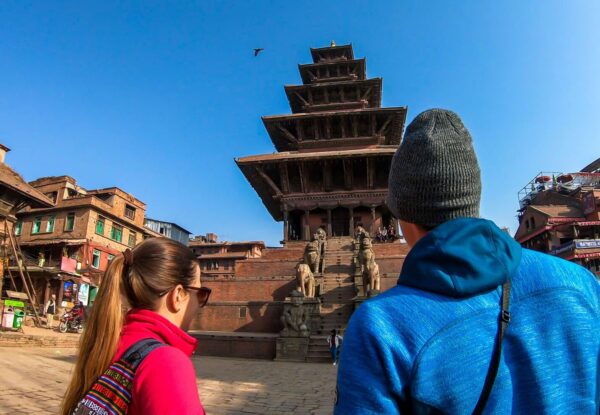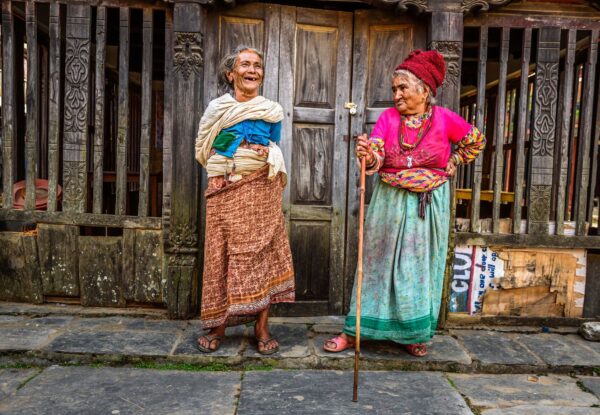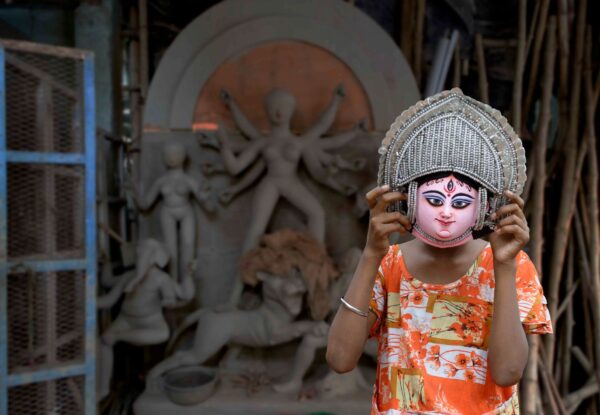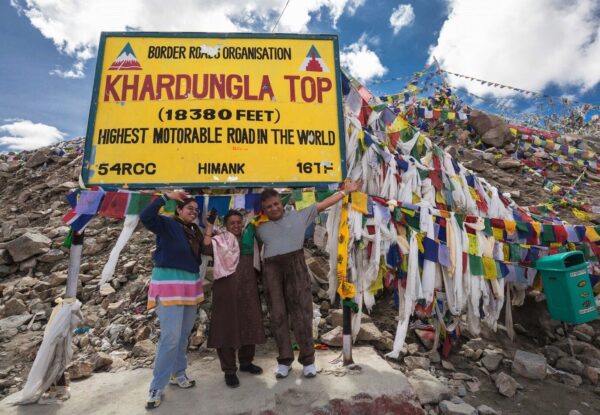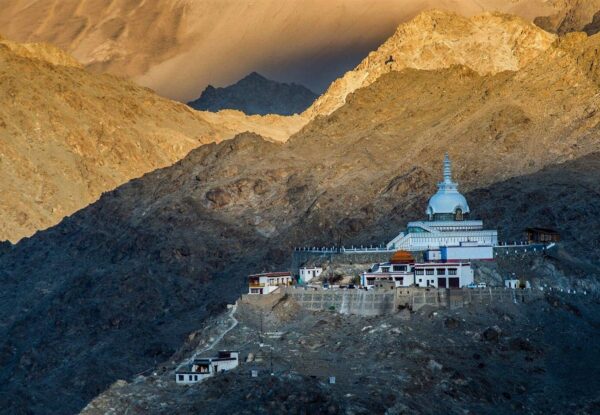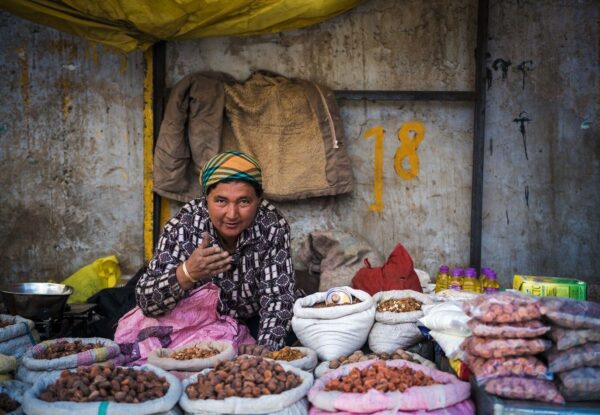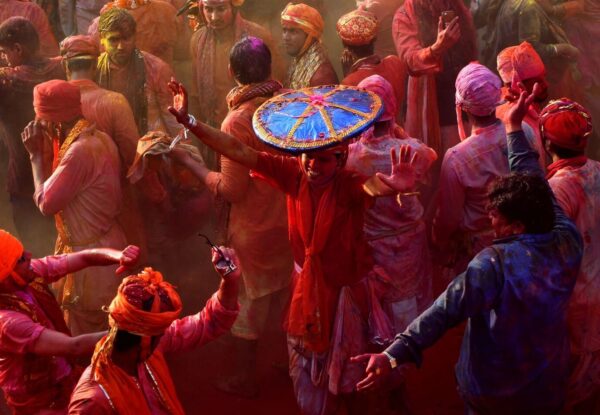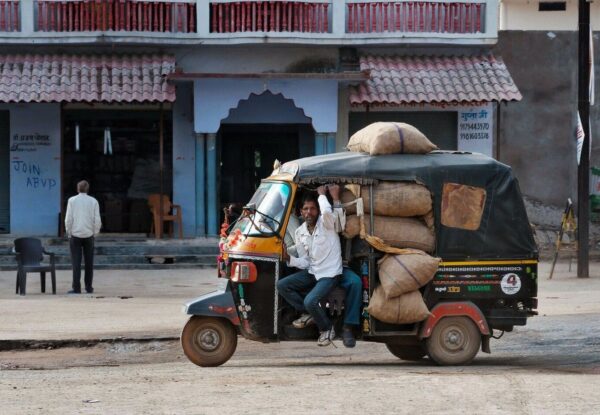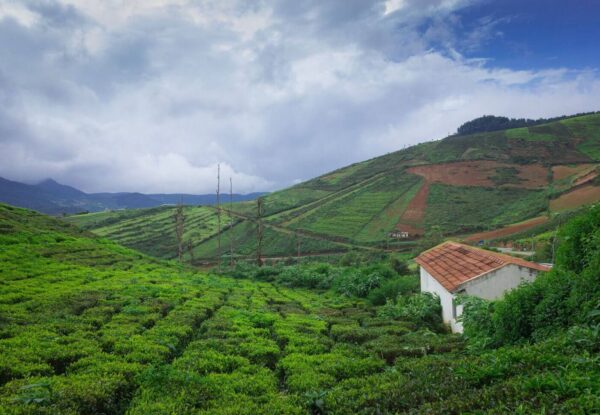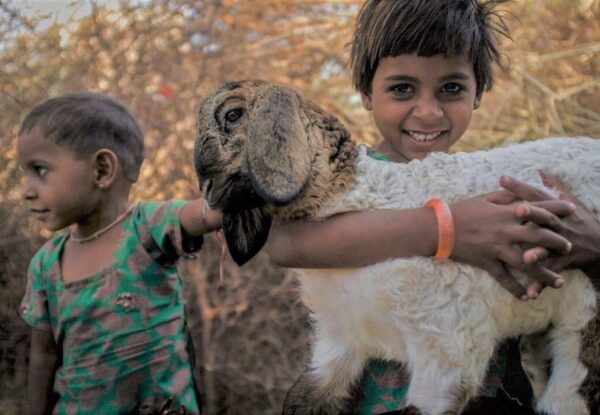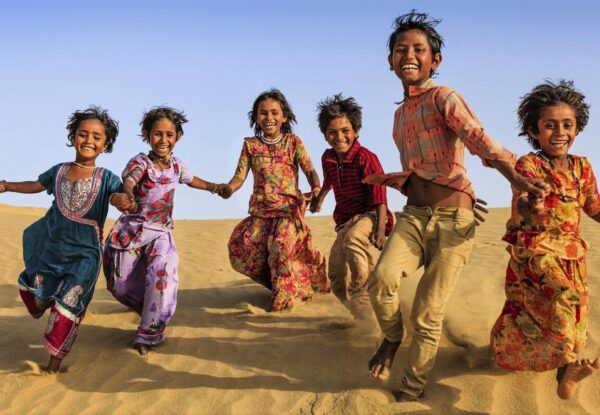Highlights of Manali to Leh & Ladakh Tour
Trip Details
A Cultural Tour from Northern India’s Valleys to Ladakh’s Stunning Mountains
- This tour offers plenty of cultural attractions, as well as contrasting and amazing scenery. The trip takes you along an incredible Himalayan road, from the Indian plains to the verdant valleys of Dharamsala and Manali, up to the mountains in Leh, Ladakh. The route is only open for a few months (April to September) each year because of snow on the passes. Expect to see some dramatic scenery on the way, including panoramic views of the mountains and Karakoram’s peaks in the far distance. You do not want to forget your camera to capture the majestic scenery.
- At the beginning of your trip, before you even begin your Himalayan road journey, you will be immersed in India’s typically fascinating and frenetic pace. Enjoy staying in a luxurious colonial-style 4-star hotel in Delhi, then experience Delhi Railway Station’s hustle and bustle before traveling by train to Amritsar, via the Indian plains. After Amritsar, which is well known for its Sikh Golden Temple, we begin to ascend the foothills of the Himalayas, making our way to Dharamsala, famous for the exiled Dalai Lama, as well as McLeod Ganj. Next we will come to Manali, an Indian hill station further up the pass, and then continue on our way to the Tibetan Plateau and Ladakh.
- At last, after crossing the Himalayas, we arrive in Ladakh. A trip through the Indus Valley takes us to the town of Leh, a beautifully scenic capital. There are old palaces to explore, as well as some large Buddhist monasteries. After this, our tour takes us westwards in the direction of Kashmir to enjoy the wonderful monasteries of Likir and Alchi. These temples are fascinating to visit, and it is incredible to think they have survived intact for a thousand years.
- If you love the serene atmosphere of mountain lakes, you will especially enjoy Ladakh. The water of Pangong Tso and Tso kar lakes changes as the day progresses, from beautiful blues and greens to turquoise.
- During the whole trip you will encounter plenty of culture, including the Tibetans who became refugees, the Sikhs, and the Golden Temple of Amritsar. In addition, learn more about the Hindus living in the southern valleys and the Punjab, who became prosperous from its water. And then of course there is the Buddhist-dominated Tibetan Plateau.
- A special highlight of the trip is being able to attend a local festival. As you might expect, these festivals are colorful and a lot of fun. In June you can see the Hemis Festival, while July offers either the Korzok Gustor Festival (Tso Moriri), the Phyang Festival, or the Takthok Festival. Expect to see local people from the surrounding hamlets and villages taking part in the fun, catching up with friends and relatives, maybe seeking a husband or bride, gaining merit and improving their karma, and watching the Black Hat dancers. These Buddhist festivals are always memorable and enjoyable.
- Festival Departures: Most of Ladakh’s monasteries hold a masked dance festival every year. The temples are open during this time, so people can come and worship. The masked dances, which are symbolic of Buddhism’s success in overcoming demons and evil forces, are the main attraction during the festival.
✿ Yuru Kabgyat Festival, Lamayuru (June 16 and 17, 2023)
✿ Hemis Festival, Hemis (June 28 and June 29, 2023)
✿ Lakdah Polo Festival (July 11 to 17, 2023)
✿ Korzok Gustor Festival, Tso Moriri (July 20 and 21, 2023)
✿ Takthok Festival, Takthok (48 km from Leh) (July 28 to July 29, 2023)
✿ Phyang Festival, Phyang (20 km from Leh) (July 15 to July 16, 2023)
- End this trip with one of the most picturesque flights ever, over the top of the greater Himalayas on the way back from Leh to Delhi. You then have the option of extending your trip and visiting the main attractions and sights of the city. Another possibility is to add on an extra day and visit the Taj Mahal. We can provide more details if you are interested in a longer stay.
The Trip Details:
Duration: 16 days
Max. Altitude: 17,852ft / 5,441m, crossing the Taglang La on Day 9
Land only joining city: New Delhi
Accommodations: Fixed Camp and Hotels
✿ The June 2023 tour attends the Hemis Festival
✿ The July 2023 tour attends the Takthok Festival
Meal Arrangements: Bed and Breakfast included in Delhi, all meals included elsewhere

India your way, your route, your style
• Price based on two persons in a double room
• Prices are in USD Excluding international flights
• Do you prefer to travel alone or would you like to come to India with a group of friends? We will be happy to tailor-made your tour program that meets all your wishes and needs
| Travel Period | PRICE PER PERSON | |
|---|---|---|
| Mar 15, 2024 – Oct 15, 2024 | from Price on Request (Deluxe) | INQUIRE NOW |
| Mar 15, 2024– Oct 15, 2024 | from Price on Request (Luxury) | INQUIRE NOW |
Would you like to have the trip tailored to your wishes?
Our itineraries are only examples and suggestions and can be customized individually. For example, a trip can be shortened or extended with additional destinations or monuments, the hotels can be a mix of 4 and 5 star etc. Let us know your personal wishes so that we can adapt the trip to your wishes. Connect with our travel expert for a 1:1 consultation and receive your obligation free travel proposal. Together with the travel request we will send you the hotel list so that you can get a picture of the hotels selected on the internet. We promise ✔Competent and Friendly Guides ✔Expert Drivers ✔Best Hotels ✔24/7 Support. Read more on Why Vacation India?
Get in Touch: info@vacationindia.com / +91-99274-65808 (India Calling & Whatsapp) / USA/Canada: 1 (888) 414-6804
Included in your Manali-Leh Tour:
- 16-day tour starting and ending in New Delhi
- Accommodation in a double or twin room with breakfast included
- A fully air-conditioned Toyota Innova vehicle, accompanied by an English-speaking driver for all transfers, touring and sightseeing according to the itinerary
- All expenses regarding the vehicle and driver, such as fuel, parking charges, tolls, interstate tax, meals, driver accommodation and meals
- Domestic flight from Leh to New Delhi
- All transfers from the airport and railway station
- Train tickets in best class available
- Inner line permits for Lamayuru, Nubra, Pangong Lake or wherever required
- English-speaking local guides in Dharamsala, Amritsar, Manali and Leh
- An exciting camel ride in Hunder
- Entry fees to monuments for sightseeing
- Provision of assistance upon arrival and departure at airports and train stations
- 24-hour support via our local representative offices
- Complimentary mineral water in the vehicles
Services not included:
- International and Domestic Flights
- Camera and video fees at sightseeing venues (Most of the monuments do not charge any camera fees)
- Other side attractions, aside from those specifically mentioned above
- Meals, aside from those mentioned above
- Tips, porter fees and personal expenses
- Visa and insurance
There are no reviews yet. Be the first one to write one.
To receive the list of Hotels selected for this tour, please email us at info@vacationindia.com
Keywords: Manali Leh Tour, Leh Manali Tour, Tour Leh Manali Ladakh
Similar Tours You May Like
Best of Kashmir and Leh Ladakh
Fly from New Delhi to Srinagar (Kashmir) ➜ Gulmarg ➜ Pahalgam ➜ Sonamarg ➜ Kargil ➜ Mulbekh ➜ Lamayuru Monastery ➜ Likir ➜ Sangam Viewpoint (Confluence of Zanskar and Indus Rivers) ➜ Spituk ➜ Magnetic Hill ➜ Leh ➜ Khardung La ➜ Nubra Valley ➜ Diskit ➜ Hunder ➜ Turtuk ➜ Lake Pangong Tso ➜ Chang La ➜ Hemis ➜ Thiksey ➜ Leh ➜ Fly from Leh to New Delhi
Everest Base Camp Trek
Kathmandu ➜ Flight to Lukla ➜ Hike to Phakding ➜ Dhudh Kosi (Sherpa Villages, Namche Bazaar) ➜ Khumjung (Kunde to Acclimatize) ➜ Thyangboche Monastery ➜ Kyanjuma ➜ Khumbu Valley ➜ Imja Valley ➜ Dingboche ➜ Lobuche ➜ Everest Base Camp (Gorak Shep, Kala Pattar, Climb Down to Pheriche) ➜ Kathmandu
Go Nepal: A 12-Day Nepal Experience
Kathmandu (Thamel Area, Leisure Time) ➜ Chitwan National Park ➜ Pokhara ➜ Tikhedhunga ➜ Ghorepani ➜ Tadapani ➜ Ghandruk ➜ Dhampus ➜ Pokhara ➜ Kathmandu
Classic Nepal Tour: Kathmandu, Bandipur, Chitwan, Pokhara
Kathmandu (Thamel Area) ➜ Swayambhunath ➜ Durbar Square Bazaar ➜ Hanuman Dhoka ➜ Patan ➜ Bhaktapur ➜ Pashupatinath and Boudhanath ➜ Bandipur ➜ Manakamana Temple ➜ Pokhara ➜ World Peace Pagoda ➜ Davis Falls ➜ Phewa Lake ➜ Chitwan National Park ➜Kathmandu
East India Sojourn – Kolkata, Darjeeling and Sikkim (13 days)
Kolkata ➜ Darjeeling ➜ Sikkim ➜ Pelling ➜ Kalimpong ➜ Kolkata
Kashmir Leh Ladakh India Tour (13 Days)
New Delhi (Start), Srinagar (Kashmir), Dachigam National Park, Sonmarg, Lamayuru, Alchi, Likir, Thiksey Monastery, Leh Palace, Shanti Stupa, Phyang Monastery, Nimmu Village, Shang Valley, Hemis Monastery, Khardung La Pass, Nubra Valley, Lake Pangong, Tso Moriri, New Delhi (End)
On the Footsteps of Himalaya (Leh, Ladakh, Kashmir and Zanskar)
New Delhi (Start) ➜ Srinagar (Kashmir) ➜ Gulmarg ➜ Panikhar via Sonamarg ➜ Kargil ➜ Padum via Rangdum ➜ Kargil ➜ Lamayuru ➜ Wanla ➜ Photoksar ➜ Lingshed ➜ Alchi ➜ Likir ➜ Leh ➜ Hemis ➜ Thiksey ➜ Lake Pangong ➜ New Delhi (End)
LEH LADAKH SUMMER FESTIVAL 2023 TOUR – 12 Days
New Delhi (Start), Leh-Ladakh, Alchi & Likir Monastery, Nubra Valley, Khardung La Pass, Tso Moriri, Tso Kar, Leh, New Delhi (End).
India Impressions
Mumbai ➜ Aurangabad (Ajanta & Ellora Caves) ➜ Indore ➜ Mandu ➜ Maheshwara & Omkareshwar ➜ Ujjain ➜ Bhopal ➜ Bhimbetka Caves and Bhojpur ➜ Jhalawar ➜ Rawatbhata ➜ Bundi ➜ Chittorgarh ➜ Mumbai or Delhi
Best of Kashmir and Leh Ladakh
Fly from New Delhi to Srinagar (Kashmir) ➜ Gulmarg ➜ Pahalgam ➜ Sonamarg ➜ Kargil ➜ Mulbekh ➜ Lamayuru Monastery ➜ Likir ➜ Sangam Viewpoint (Confluence of Zanskar and Indus Rivers) ➜ Spituk ➜ Magnetic Hill ➜ Leh ➜ Khardung La ➜ Nubra Valley ➜ Diskit ➜ Hunder ➜ Turtuk ➜ Lake Pangong Tso ➜ Chang La ➜ Hemis ➜ Thiksey ➜ Leh ➜ Fly from Leh to New Delhi
Holi Festival Tour 2024 – Holi in Vrindavan and Pushkar
Old Delhi and New Delhi ➜ Mathura ➜ Agra ➜ Jaipur ➜ Pushkar ➜ Deogarh Mahal Palace Hotel ➜ Rankpur ➜ Udaipur ➜ New Delhi
Treasures of Central India (15 days)
New Delhi ➜ Indore ➜ Dhar ➜ Mandu ➜ Omkareshwar ➜ Maheshwara ➜ Ujjain ➜ Bhopal ➜ Sanchi and Udaygiri ➜ Bhimbetka Caves and Bhojpur ➜ Jabalpur ➜ Bandhavgarh Tiger National Park ➜ Khajuraho ➜ Orchha ➜ Jhansi ➜ Datia ➜ Sonagiri ➜ Gwalior ➜ Chambal Wildlife Sanctuary ➜ New Delhi + Optional tour of Taj Mahal
East India Sojourn – Kolkata, Darjeeling and Sikkim (13 days)
Kolkata ➜ Darjeeling ➜ Sikkim ➜ Pelling ➜ Kalimpong ➜ Kolkata
South India Wildlife and Trekking Tour
Madikeri (Coorg) ➜ Nishani Motte Trek ➜ Namdroling Monastery ➜ Kabini Wildlife Sanctuary ➜ Nagarhole National Park ➜ Ooty ➜ Pollachi ➜ Anamalai Tiger Reserve or Parambikulam Tiger Reserve ➜ Munnar ➜ Eravikulam National Park Madurai ➜ Chinnar Wildlife Sanctuary (Thoovanam Waterfalls) ➜ Madurai (Meenakshi Temple) ➜ Chennai
West India Highlights – Best of Gujarat & Maharashtra (20 days)
Mumbai ➜ Elephant Caves ➜ Aurangabad (Ajanta & Ellora Caves) ➜ Ahmedabad ➜ Adalaj Stepwell ➜ Poshina ➜ Rani-Ki-Vav Stepwell ➜ Sun Temple at Modhera➜ Patan Patolas Sari Weavers ➜ Dasada (Little Rann of Kutch) ➜ Bhuj (Great Rann of Kutch) ➜ Banni Tribal villages (Crafts and Textiles of Kutch Region) ➜ Mandvi Beach ➜ Dholavira (The Lost Civilization) ➜ Gondal ➜ Sasan Gir National Park ➜ Palitana ➜ Vadodora ➜ Lothal ➜ Champaner ➜ Ahmedabad
Family Holidays in India with Kids – Perfect for Family Adventure Holidays
Old and New Delhi ➜ Ranthambhore National Park ➜ Abhaneri Stepwell ➜ Agra (Taj Mahal, Baby Taj, Tuk-tuk tour, Red Fort) ➜ Hill Station Shimla ➜ Toy Train from Shimla to Solan (a ride in a UNESCO World Heritage listed Train carriage) ➜ Prakriti Farms (Chandigarh) ➜ Mumbai
Kashmir Leh Ladakh India Tour (13 Days)
New Delhi (Start), Srinagar (Kashmir), Dachigam National Park, Sonmarg, Lamayuru, Alchi, Likir, Thiksey Monastery, Leh Palace, Shanti Stupa, Phyang Monastery, Nimmu Village, Shang Valley, Hemis Monastery, Khardung La Pass, Nubra Valley, Lake Pangong, Tso Moriri, New Delhi (End)


